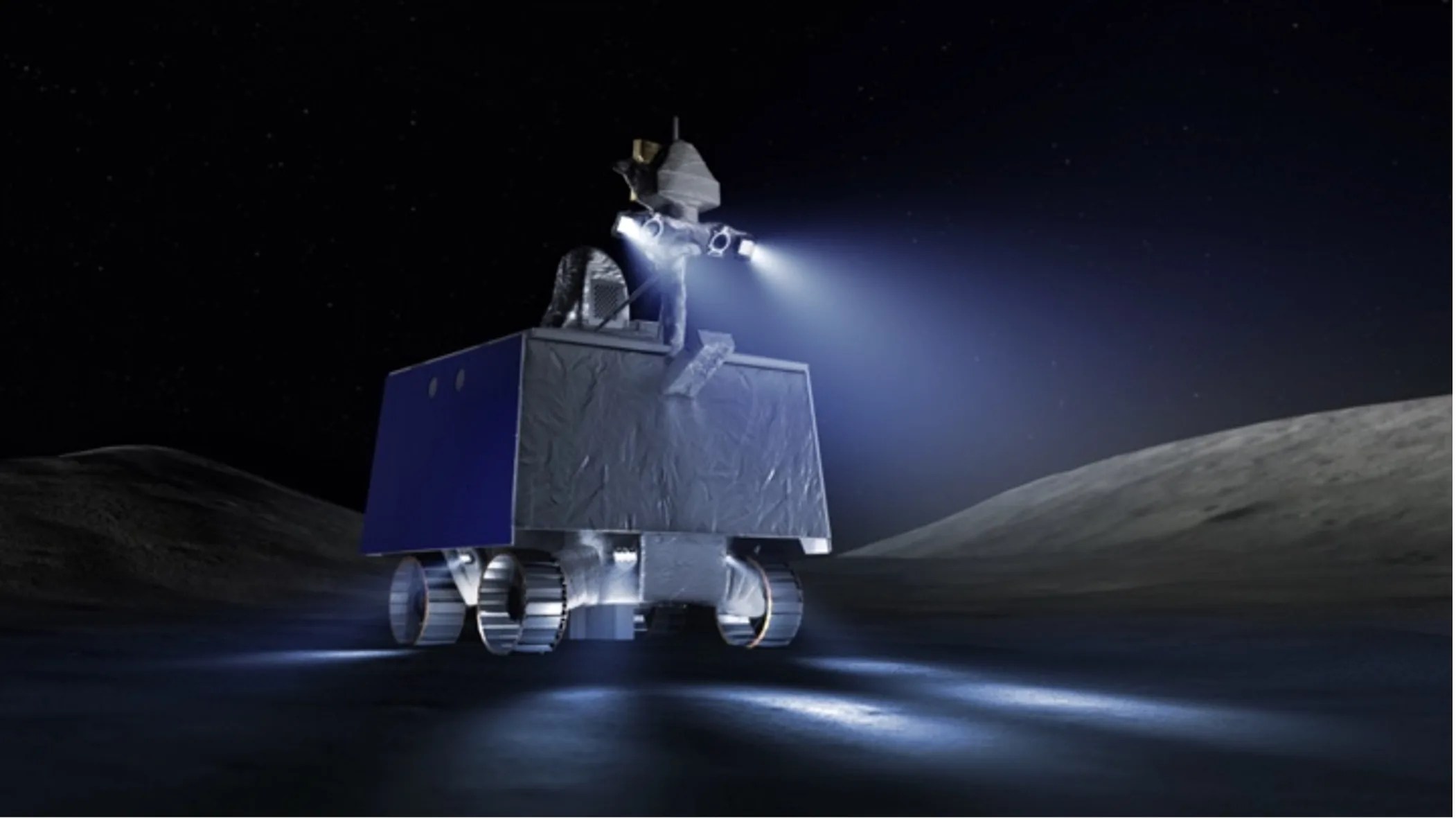Commercial Lunar Payload Services (CLPS)
The goal of the CLPS project is to enable rapid, frequent, and affordable access to the lunar surface by helping to establish a viable commercial lunar landing services sector. Rather than NASA developing the spacecrafts directly, NASA contracts with CLPS providers for services such as delivery to the lunar surface from Earth, mobility, and lunar night survival. This allows commercial providers to maintain ownership of their landers and sell service capacity (mass, power, data transmission, etc.) to accommodate NASA and non-NASA payloads. So far, CLPS has contracted with five companies for eight deliveries to the lunar surface.

On the leading edge of the Artemis campaign, commercial deliveries beginning in early 2023 will perform science experiments, test technologies, and demonstrate capabilities to help NASA explore the Moon and prepare for human missions. With an expected cadence of two CLPS deliveries per year to the Moon’s surface, we will have more opportunities to test and advance new technology, address focused science questions, and train new scientists and engineers.




